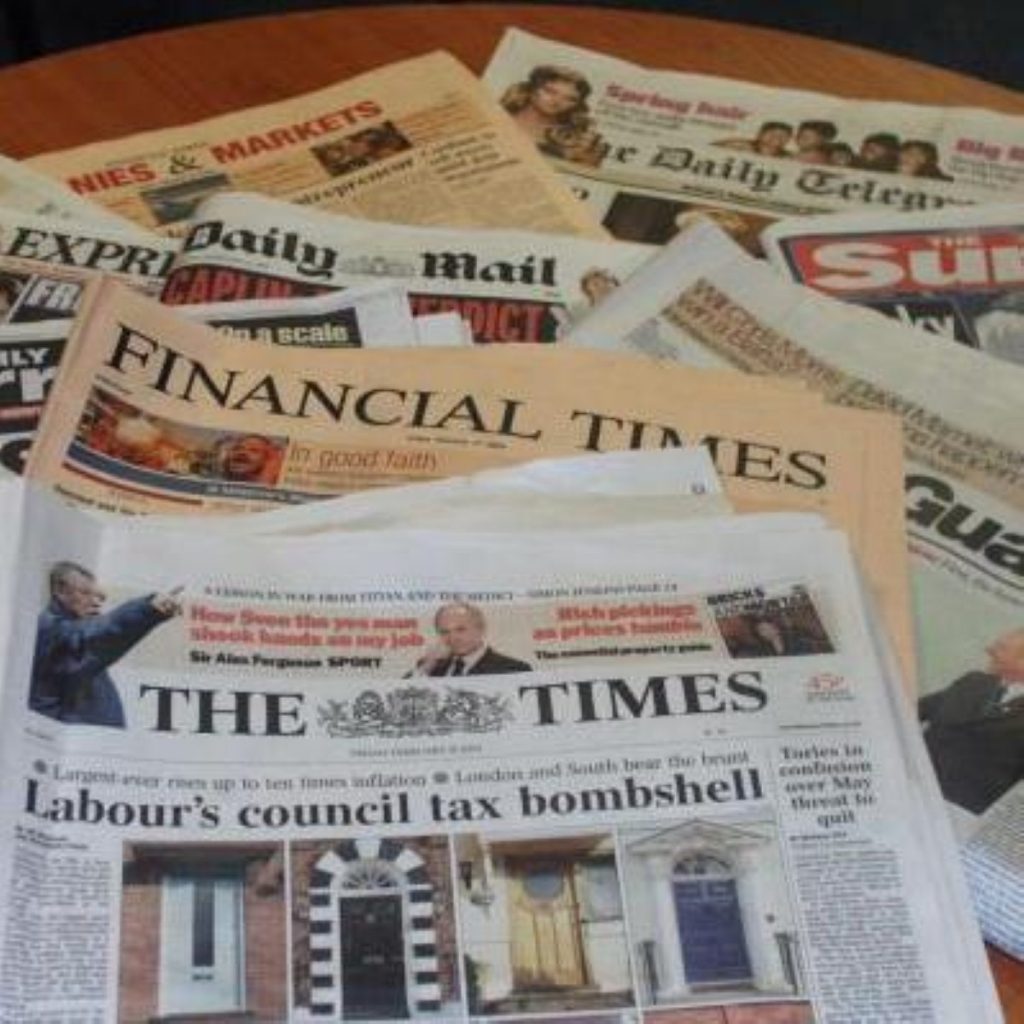Media ‘misled’ public over MMR
The public were misled by the media representation of scientific evidence about the safety of the measles, mumps and rubella (MMR) vaccine, according to new research.
The Economic and Social Research Council (ESRC) funded study reveals that 53 per cent of the public wrongly believed that medical science was split down the middle about the safety of the MMR vaccine because both sides of the debate received equal media coverage.
Further, only 23 per cent of the population were aware that the bulk of evidence favoured supporters of the vaccine, with the claim of a link between MMR and autism being rejected by almost all scientific experts.
Researchers from Cardiff University who carried out the research, were interested in examining how print and broadcast journalists report such topics and the public’s knowledge of such issues.


The study followed the publicity Dr Andrew Wakefield’s concerns about the vaccine received.
Professor Justin Lewis, one of the authors of the report said: ‘The survey confirms that the news media play a key role in informing the way people understand issues such as the controversy around MMR. While Wakefield’s claims are of legitimate public interest, our report shows that research questioning the safety of something that is widely used should be approached with caution, both by scientists and journalists. This is especially the case where any decline in confidence can have serious consequences for public health.’
The findings are likely to re-ignite the debate about the way the media covered the MMR controversy and how journalists deal with minority voices in science.
Professor Lewis said: ‘The research also has implications for the debate about fairness in journalism, suggesting that legal definitions of impartiality in broadcast journalism should not be interpreted in a simplistic fashion.’
Researchers found that broadcasters – who have a moral duty to provide impartial reports – balanced their coverage of Dr Wakefield’s concerns by reporting the majority view of scientists in approximately half of cases – only 32 per cent of broadsheet press did the same.
The report concluded: ‘Attempts to balance claim about the risks of the MMR jab tended merely to indicate that there were two competing bodies of evidence.’
The study shows that 48 per cent of those polled felt that journalists should wait for a body of research to build up before reporting alarming research.
However, 34 per cent felt that Dr Wakefield’s concerns about the MMR vaccine are newsworthy and should be reported.
The research was carried out between January and September 2002 and involved two national surveys of over 1,000 people and an analysis of 2,214 newspaper, radio and TV stories.

